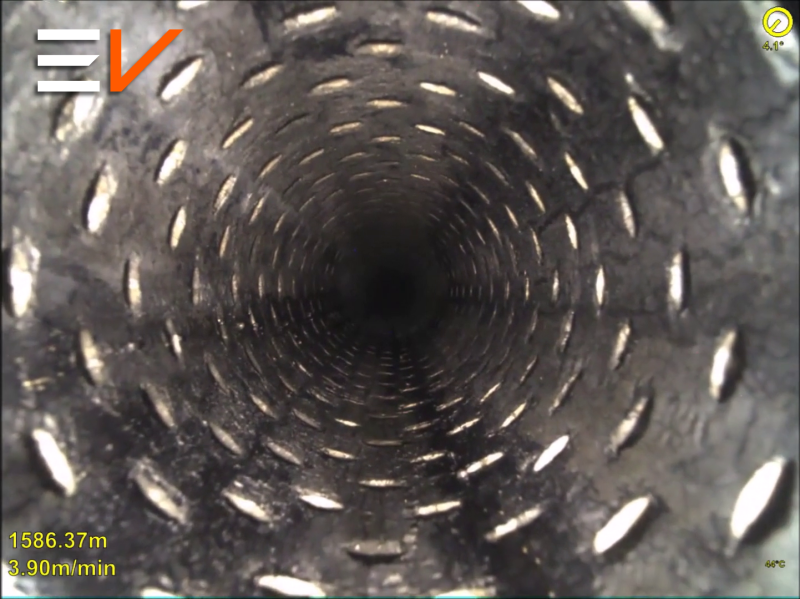The role of gas in the total energy mix will increase over time, as enabler for energy transition using natural gas, and beyond as the capture and storage of CO2 and introduction of emerging hydrogen-based products emerge as lower carbon sources of energy. As a result, the performance of gas production, transportation and storage assets will remain of critical importance in meeting the global energy needs and the targets set for the reduction of greenhouse gas emissions agreed at the 26th UN Climate Change Conference of the Parties (COP26) in Glasgow, 2021.
Multiple factors can affect the performance of gas wells, whether production-related, or injection related. Most diagnostics focus on quantifying flow and determining origin/destination, but do not address the cause of any issues that affect flow performance: the “why”. In addition, owing to the resolution of traditional technologies, spatial information relating to inflow is limited to broader zones and interval rather than specific locations.
Conventional technologies focus on what is within the wellbore and are able to diagnose issues that affect transport flow along the well, but the critical pathways that connect well and reservoir are not assessed, for example perforations, slotted liners, sand control screens, inflow control devices and sliding sleeves. Typically, issues start at the well/reservoir interface and work inwards towards the wellbore, hence detection and diagnosis with conventional technology is only possible once the issue has reached an advanced stage, often accompanied by significant decline in productivity and the prospect of elevated remedial costs.
Our white paper explores the application of next-generation downhole video technology, combined with a step change in modern data analytics and visualization tools, to evaluate the status and condition of the flow paths between the well and reservoir with the production intervals. Through the presentation of case studies, this paper will also demonstrate how the quantification and analysis of these images can be used to detect, understand, and effectively manage issues at a much earlier stage, and how this may lead to significant economic advantage for the operator.
Download our white paper to learn more about this technology and its application. You can also watch a video to see this technology in action.

When you submit the form, a download link for the white paper will be emailed to the address that you provide.
The information at right will be provided to EVO Inc. reflecting your interest in this topic. By providing contact information, you are agreeing that EVO Inc. can contact you. SPE will not use this information for any other purpose.




